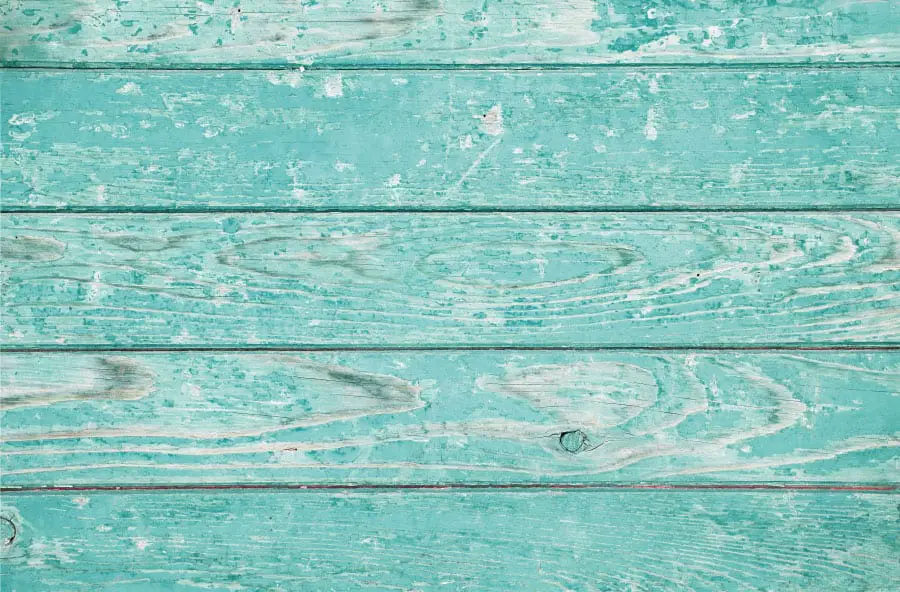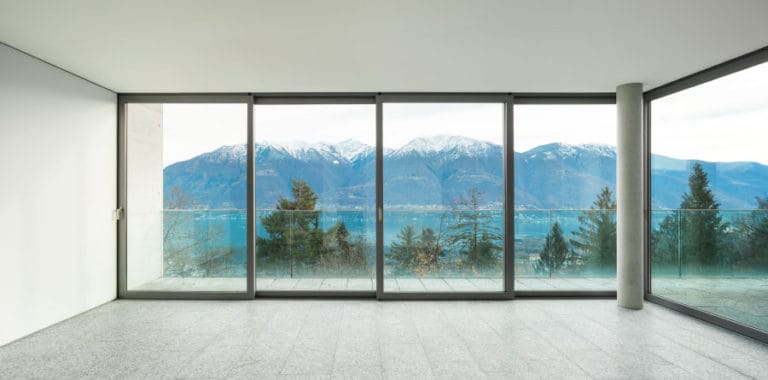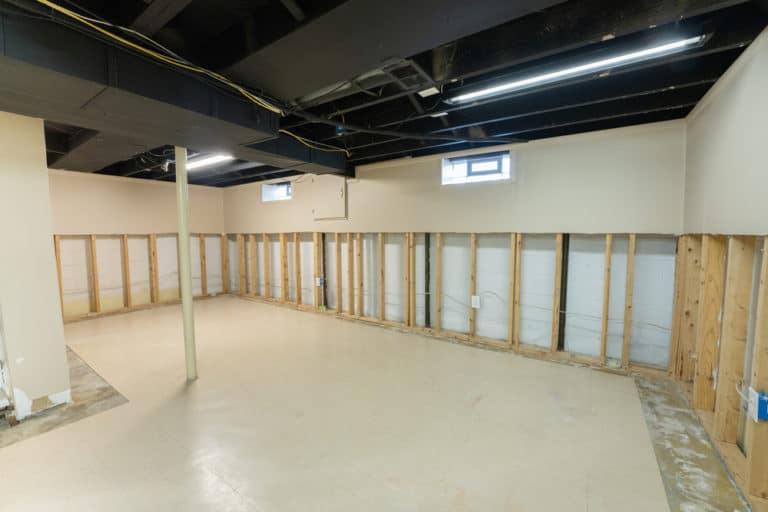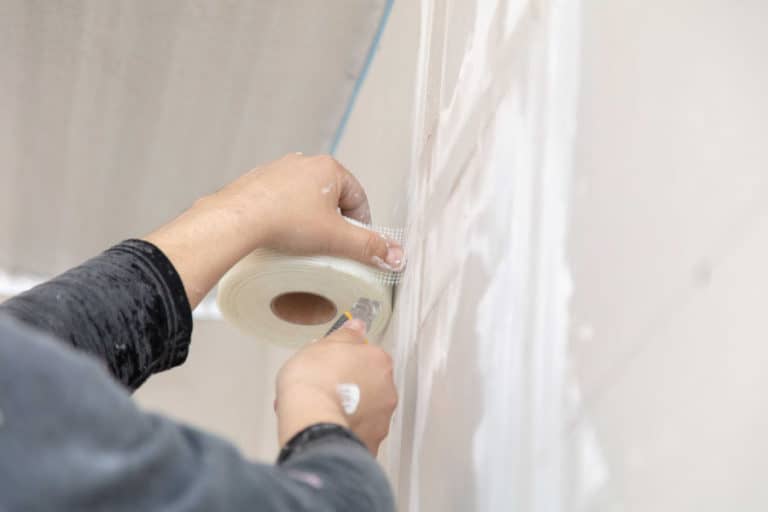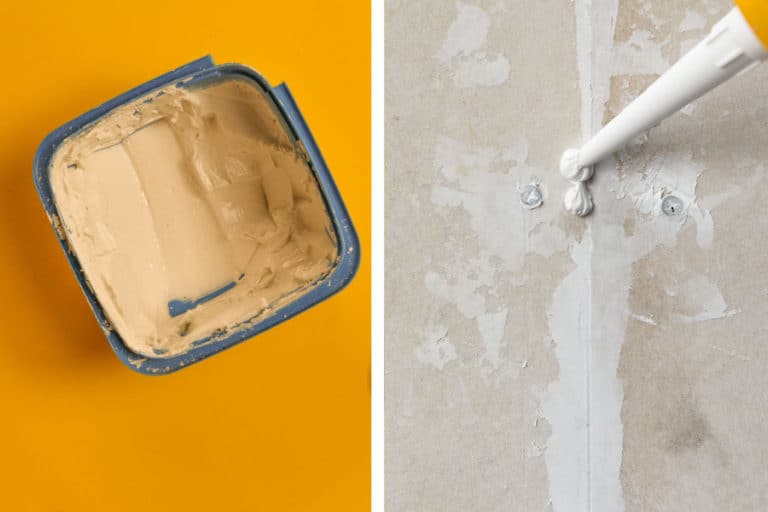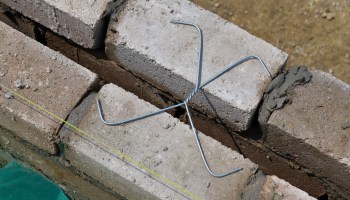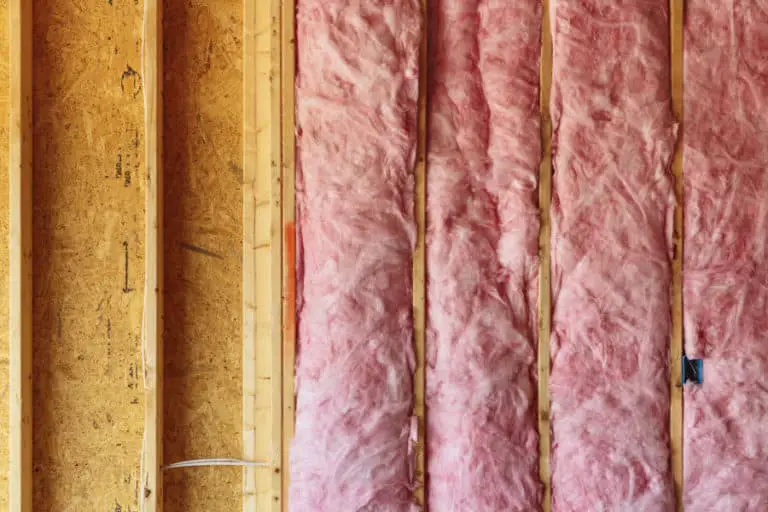Can You Put Shiplap Over Plaster Walls?
Shiplap is a finish commonly found in older houses, especially in areas that experience a lot of weather. Plaster is often used to provide extra benefits to walls and is usually covered up with other finishes. Recently, shiplap has been gaining popularity again, and homeowners are always looking for ways to make their homes look better.
Can you put shiplap over plaster walls? Yes, there is no reason why you cannot install a shiplap finish onto a plaster wall. The plaster wall’s material provides fire-resistance and moisture protection, both of which are complementary to the use of wood for shiplap finishes.
In this article, we’ll be going into shiplap, plaster, their benefits, and the considerations you need to take. Read on if you plan on installing a shiplap or want to learn more about house renovations in general.
Putting shiplap over plaster walls
Since plaster is such a thin finish that is easy to install and has numerous benefits, there is no reason why you would not be able to use shiplap if it better suits your tastes.
In fact, plaster is commonly covered with either paint, wallpaper, or other wooden finishes. Plaster works extremely well especially well with wood because it provides moisture and pest protection.
The type of plaster you should use depends on what you prioritize more. Some plasters will be more fire retardant while other plasters may be better at soundproofing. Either way, these will work with a shiplap finish.
Benefits and cons of having a plaster finish on a wall
Plaster has many properties, from installation to material attributes that can provide many benefits.
Here are some of the benefits of having a plaster finish on a wall:
- Plaster can serve as a fire retardant. This is especially useful if you have walls that are constructed as stud walls or if you intend to use shiplap as an additional finish to the wall.
- Plaster can also serve as a method of creating a sound barrier between rooms. This is due to the extra thickness that it provides to the walls.
- Plaster is extremely versatile. It can practically be used along with any finish.
- Plaster can be molded into different shapes with extreme detail.
There is no reason why you shouldn’t add plaster as an additional finish, if your budget allows, because of how easy it is to make it work in any home.
Plaster, like all materials, also has it’s downsides. Although some may not be as serious, it’s always a good practice to keep your house in order to avoid any further damages that could occur.
Here are some of the cons of having a plaster finish on a wall:
- Plaster makes renovations harder. Since there are extra material and the wall is a bit harder, putting in nails and the likes will be more difficult.
- Plaster can crack, and it isn’t easy to replace. Whether due to blunt forces or moisture, the plaster on your wall will eventually crack. Cracks in the plaster can causes other shifts throughout the house if left untreated, especially if it’s underneath other finishes.
- Plaster discolors over time.
- Plaster kills Wifi and Cellular Data, especially inconvenient if it’s for a home office.
What is shiplap
The general description of shiplap is a wooden board used mainly as an exterior finish to counter winds. Shiplap is put together by carving a rabbet joint to fix the wood together.
In the early days, ships would use the “ship-lap” construction method to weatherproof the ship and make it sea-worthy. The way that shiplap is installed, compared to other wooden board finishes, makes it excellent against harsh conditions.
There are two types of shiplap, namely interior and exterior shiplap—each with their own different purpose.
- Exterior Shiplap is intended to protect the structure. Unlike interior shiplap finishes, an exterior shiplap will have the gaps between them sealed to offer better protection against the weather.
- Interior shiplap is more for decoration, often described as giving an old and rustic look. Interior shiplap can be installed either vertically, horizontally, or in some cases if diagonally.
Note: Shiplap may also refer to any other material that has a rabbet joint. This may include steel, gypsum boards, concrete, and etc.
It is also possible to do a shiplap finish on a roof, and in fact, it’s cheaper and more durable compared to other wood finishes as long as you install it correctly.
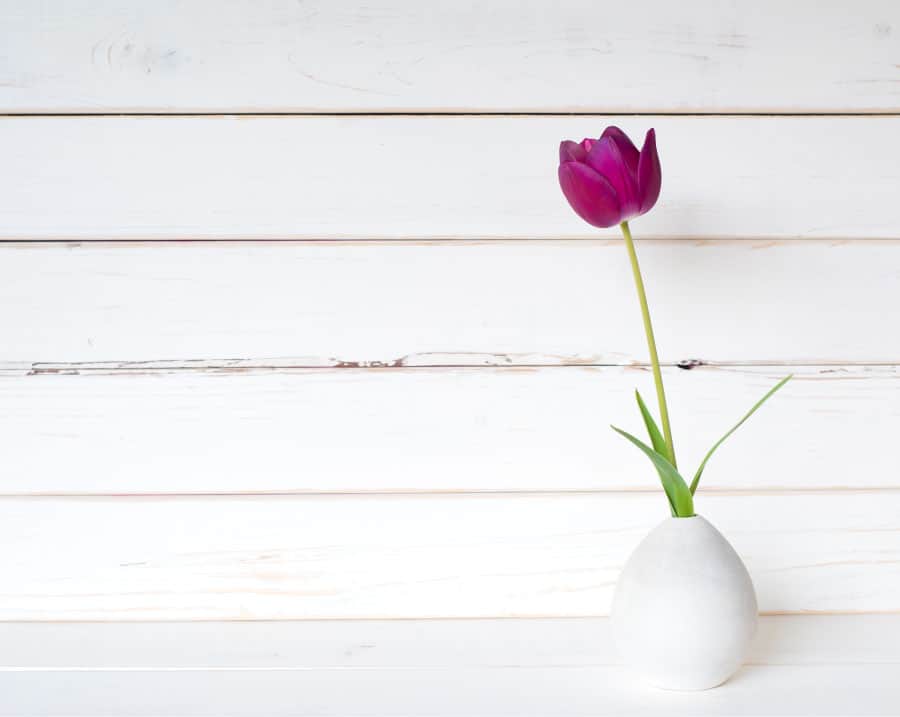
What to consider when using shiplap
The most visually impactful part of shiplap is the gaps that are present between the boards. The rabbet joint provides a small gap between the boards around a few millimeters deep.
Although this is where shiplap gets it’s charm aesthetically, this will also cause extra maintenance because the small gaps in between the boards allow dust to form.
If you are using an exterior wood shiplap finish, then there are many considerations that you’ll have to make for maintenance, such as moisture, fungi, and termite protection, just to name a few.
Shiplap, if left unmaintained, can deform and warp into weird shapes. This is mostly due to a lack of moisture protection or improper installation technique.
Note: Make sure that the wood you use for your shiplap is properly treated.
Can I install a shiplap finish by myself?
Yes, it’s fairly easy to do a shiplap finish as long as you are careful with measurements and allow the wood to adjust to the environment.
Here’s a simple step by step guide on how to install Shiplap by yourself.
- Find a particular wood that you would like. Buy the thinnest plank you can get to make cutting easier.
- Allow the wood to adjust to the temperature of the room you wish to install it in.
- Measure your wall and the shiplap accordingly, so they fit in together, especially the vertical aspect. How you cut your boards will determine if it will be a vertical shiplap finish or a horizontal shiplap finish.
Note: Do not follow the interior elevation plans and measure the actual wall; most likely, there will be a small difference between the two. A small gap of 3cm may not sound like much, but it makes a big visual impact and sticks out like a sore thumb.
- Install the wooden boards and you’re done!
What if I want a shiplap finish without using actual boards?
Manufacturers have developed ways to get that “shiplap” finish without actually using any boards. A thin sheet of extremely thin boards is made, replicating the small gaps between boards, and can be pasted on any flat surface.
Note that these may not be made out of wood, which may save you some trouble with maintenance but will cost you authenticity points.
How do I know if a shiplap finish is right for me?
Shiplap is often considered a “rustic” finish, often associated with areas near the beach or a log cabin in the woods. If your house is more on the modern side, you can still make shiplap work, albeit you’ll have to make some adjustments with your furniture also to make it a coherent room.
When in doubt, consult with an interior designer or an architect if a shiplap finish would work well with your house.
Conclusion
Shiplap is a timeless classic that always goes in and out of style. It offers numerous benefits while at the same time makes a home more visually pleasing. It can work well with plaster since plaster is already used as a way to offer better protection for houses.

